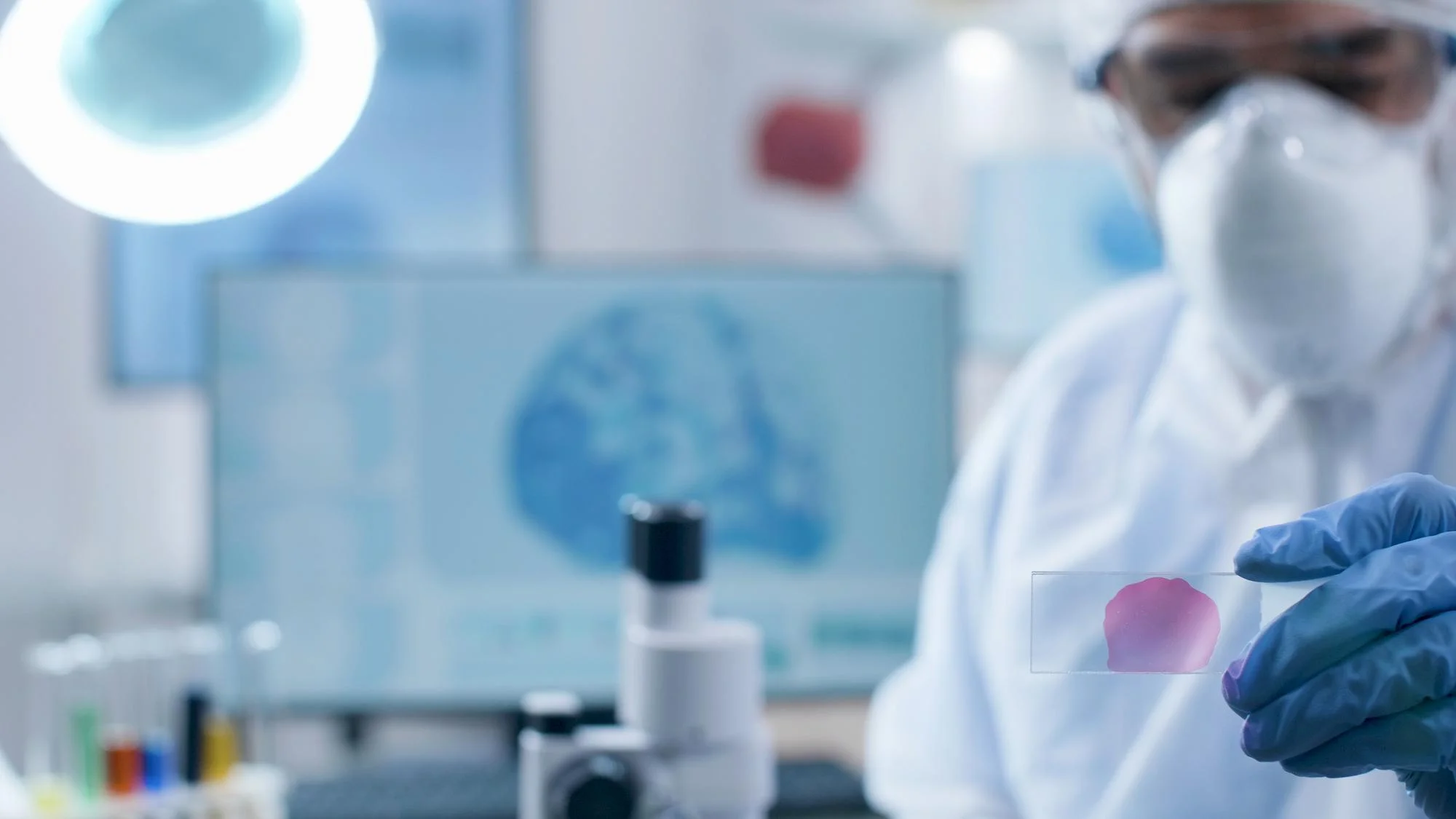Understanding the molecular characteristics of cancerous tissues is of paramount importance in modern oncology. The process entails obtaining high-quality genomic DNA from tissue samples, a critical precursor to successful diagnoses and treatment plans. Scientists continually seek to optimize the DNA extraction process, particularly from formalin-fixed, paraffin-embedded (FFPE) tissue samples, which are a mainstay in both active and retrospective studies. A recent study from Contemporary Oncology laid the groundwork for this quest by evaluating and comparing three prominent DNA extraction procedures.
In this pivotal research, published on April 8, 2022, in the Contemporary Oncology journal (DOI: 10.5114/wo.2019.83875), Sarnecka et al. engaged in a comprehensive comparison of the QIAamp DNA FFPE Tissue Kit (QIAGEN), Cobas DNA Sample Preparation Kit (Roche Molecular Systems), and Maxwell 16 FFPE Plus LEV DNA Purification Kit (Promega). The standard set by this study can guide institutes and laboratories in selecting the most appropriate DNA extraction method for molecular oncology diagnostics.
Methodology of Evaluation
The study subjected slides prepared from 42 FFPE blocks to mac-dissection. Material was then simultaneously processed using the three different extraction kits. The authors conducted spectrophotometric analysis using a NanoDrop 2000 and confirmed results through a fluorometric procedure with a Qubit 3.0 Fluorometer. In terms of quantity and quality of DNA yielded, the results were insightful.
Results That Inform Selection Criteria
Findings showed that the total DNA yields from Maxwell and Cobas methods were significantly higher than those from the QIAamp method. This information becomes crucial when the quantity of available sample is limited or when sample conservation is essential. It’s important to note, however, that the quality of DNA, just as its quantity, is essential for downstream applications like sequencing and genotyping.
Implications for Study Design
An essential cumulative insight from this study is the tailored selection of DNA extraction protocols to suit the needs of specific research designs. This decision-making process would involve considering factors like the downstream application’s tolerance for DNA quality variance and the priority placed on DNA yield.
Considerations from the Literature
The assessment of DNA extraction methods is not new, but this innovative study is the first to draw a direct comparison between Cobas, Maxwell, and QIAamp extraction methods. Previous studies, such as Ali et al. (2017) and Donczo and Guttman (2018), have long established the need for reliable nucleic acid extraction methods, particularly those dealing with the delicate nature of FFPE samples.
Prominent Challenges Highlighted
FFPE samples pose unique challenges in molecular diagnostics due to the DNA fragmentation and modifications induced by formalin fixation. Various studies have shown that fixation and storage conditions can significantly affect DNA quality, which in turn can lead to false results in diagnostic tests (Williams et al., 1999; Srinivasan et al., 2002).
Technological and Analytical Recommendations
With the advancement of technologies, such as next-generation sequencing, the demand for high-integrity DNA has never been greater. The DNA fragmentation assessment and quantification tools, as discussed in the works by Sedlackova et al. (2013) and Georgiou and Papapostolou (2006), can be instrumental in ensuring the suitability of DNA samples obtained from FFPE tissues.
Future Perspectives
The research by Sarnecka et al. underscores a need for continual refinement in DNA extraction techniques. Future studies might look at the impact of newer technologies on DNA yield and integrity, as well as the development of standardized protocols for DNA extraction from FFPE tissues tailored to specific diagnostic tests.
Limitations and Considerations for Future Study Designs
The study focused on the comparison of three extraction kits without elongating to all the available methods. Additionally, it did not delve into the impact of varying FFPE block ages on DNA quality, which has been noted as a significant factor in previous studies (Nechifor-Boilă et al., 2015).
Conclusion
The comparative study on DNA extraction from FFPE tissue samples by Sarnecka et al. offers an invaluable reference point for selecting appropriate methodologies in molecular oncology diagnostics. This research sets the stage for future studies that may lead to standardization of protocols, which would greatly enhance the precision and reliability of molecular diagnostics in oncology.
References
1. Ali N, Rampazzo RDCP, Costa ADiT, Krieger MA. Current Nucleic Acid Extraction Methods and Their Implications to Point-of-Care Diagnostics. Biomed Res Int. 2017;2017:9306564. DOI: 10.1155/2017/9306564
2. Donczo B, Guttman A. Biomedical analysis of formalin-fixed, paraffin-embedded tissue samples: The Holy Grail for molecular diagnostics. J Pharm Biomed Anal. 2018;155:125–134. DOI: 10.1016/j.jpba.2018.03.052
3. Williams C, Pontén F, Moberg C, Söderkvist P, Uhlén M, Pontén J, Sitbon G, Lundeberg J. A high frequency of sequence alterations is due to formalin fixation of archival specimens. Am J Pathol. 1999;155:1467–1471. DOI: 10.1016/S0002-9440(10)65460-5
4. Srinivasan M, Sedmak D, Jewell S. Effect of fixatives and tissue processing on the content and integrity of nucleic acids. Am J Pathol. 2002;161:1961–1971. DOI: 10.1016/S0002-9440(10)64472-0
5. Sedlackova T, Repiska G, Celec P, Szemes T, Minarik G. Fragmentation of DNA affects the accuracy of the DNA quantitation by the commonly used methods. Biol Proced Online. 2013;15:5. DOI: 10.1186/1480-9222-15-5
Keywords
1. FFPE DNA extraction
2. Genomic DNA quality
3. Molecular oncology diagnostics
4. DNA extraction kits comparison
5. Nucleic acid extraction FFPE
